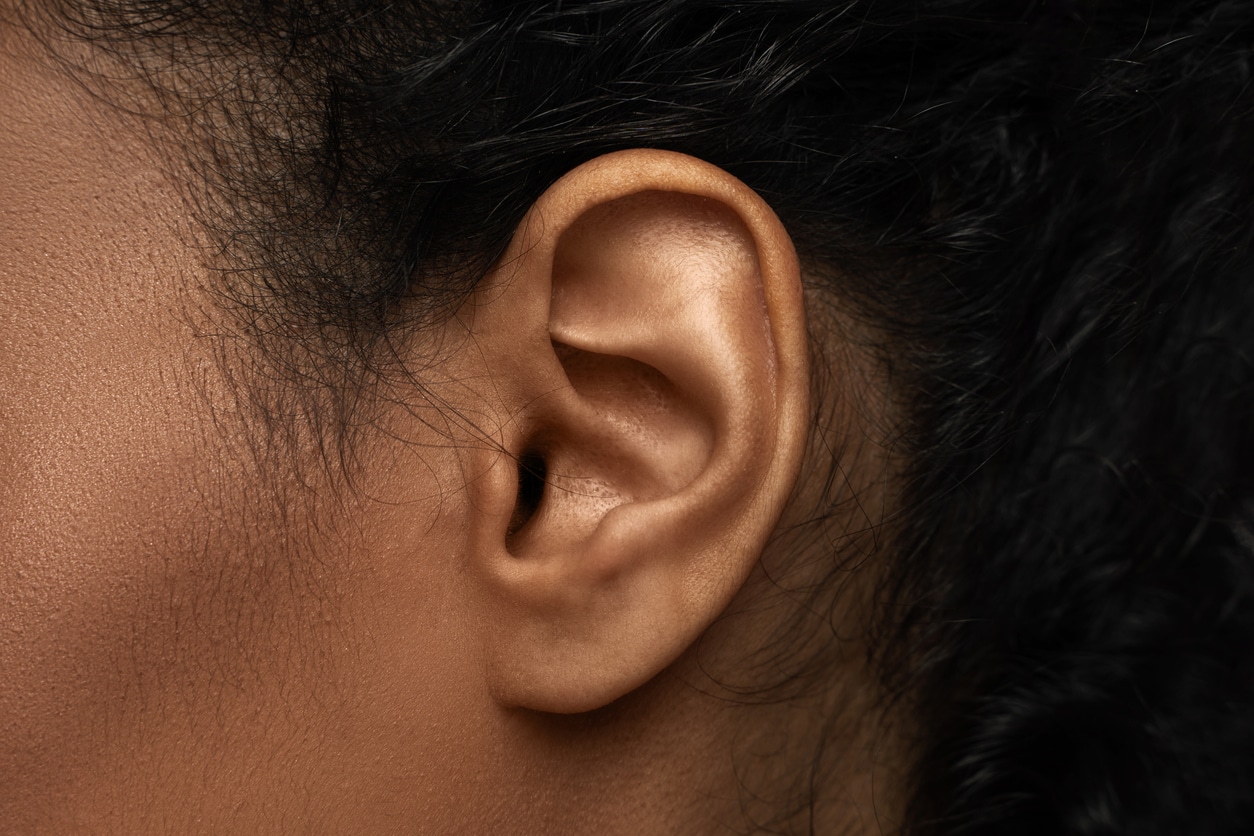Maintaining healthy hearing throughout life becomes easier when we understand how our ears function. This understanding empowers us to take proactive measures, such as wearing ear protection when necessary and adopting safe ear-cleaning practices, along with regular check-ups. Let’s delve into five lesser-known facts about ears and hearing.
Ears Never Rest

Your ears are always active, even during sleep. While you rest, they continue to pick up auditory stimuli. However, your brain selectively filters which sounds to respond to and which to ignore, ensuring you hear things necessary for safety. This perpetual activity highlights the need for hearing protection. Continuous exposure to loud noises can lead to gradual hearing loss over time, with approximately 15% of American adults aged 18 and over reporting a hearing loss.
Ears Are Self-Cleaning
The production of earwax serves as the body’s natural mechanism for ear cleanliness. Earwax traps debris and foreign particles, safeguarding the ear canal. Through natural jaw movements, such as chewing, earwax is gradually moved toward the ear opening and expelled. Thus, using alternative objects to remove earwax is not only unnecessary but potentially harmful, as they may inadvertently push earwax deeper into the ear or cause damage to delicate inner ear structures.
Ears Contribute to Balance
In addition to facilitating hearing, ears play a pivotal role in maintaining balance. Within each ear, minute structures filled with fluid and delicate hair-like sensors detect head movements by sensing fluid motion. Health conditions like ear infections can disrupt this process due to fluid accumulation, affecting balance. If you exhibit symptoms of an ear infection, call your doctor.
Sensorineural Hearing Loss Prevails
Sensorineural hearing loss is the most common form of hearing loss, affecting either the inner ear or nerve pathways connecting the inner ear to the brain. Typically attributed to prolonged exposure to loud noises, this type of hearing loss also highlights the importance of adhering to safe listening practices and employing hearing protection. Treatment often involves the use of hearing aids to enhance auditory function.
Inner Ear Hair Cells Are Vital for Hearing
Hair cells within the inner ear are pivotal for auditory perception. These cells convert sound vibrations into electrical signals interpreted by the brain as sound. Once damaged, these cells cannot regenerate, leading to permanent hearing loss. Protecting these delicate hair cells from harm is crucial for preserving long-term hearing health.
Understanding your ears’ complexity enables you to value and care for them effectively. To learn more about your hearing or schedule a hearing test, contact ENT of Athens today.